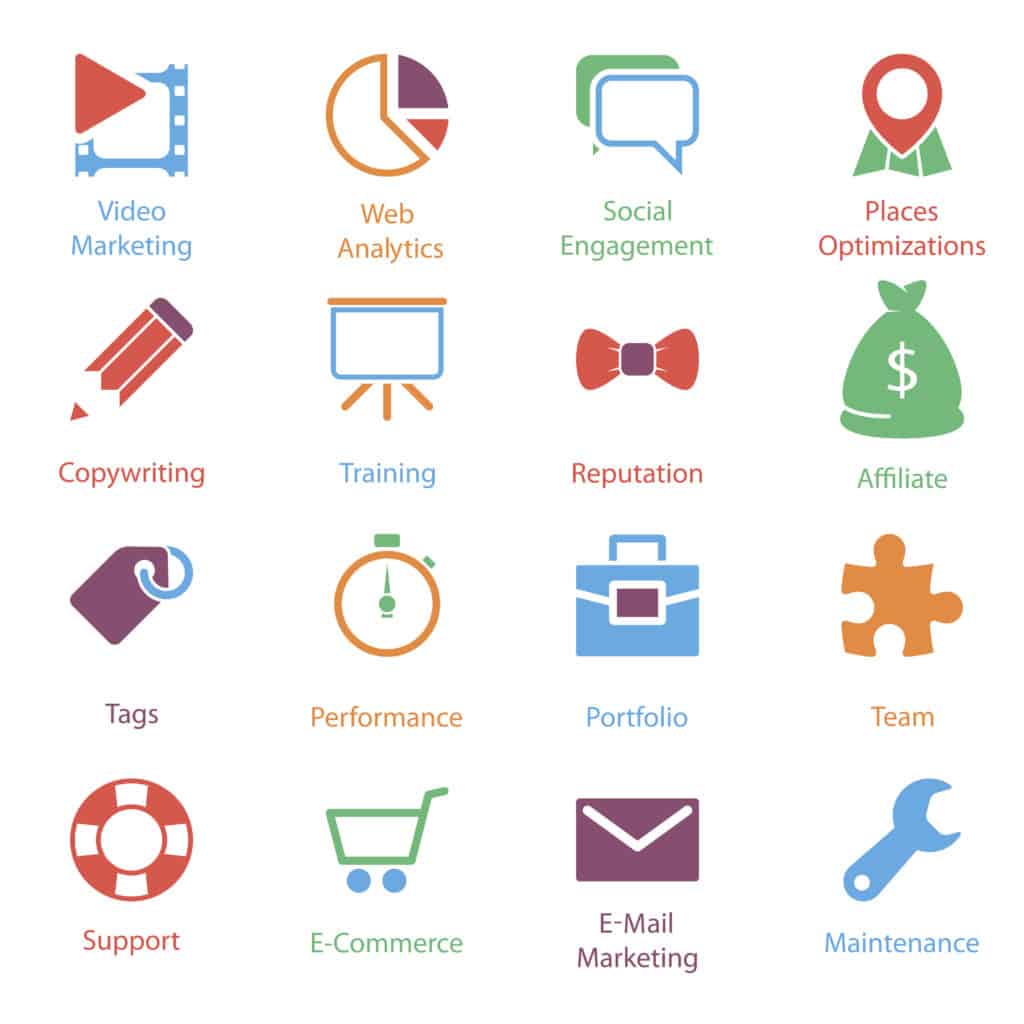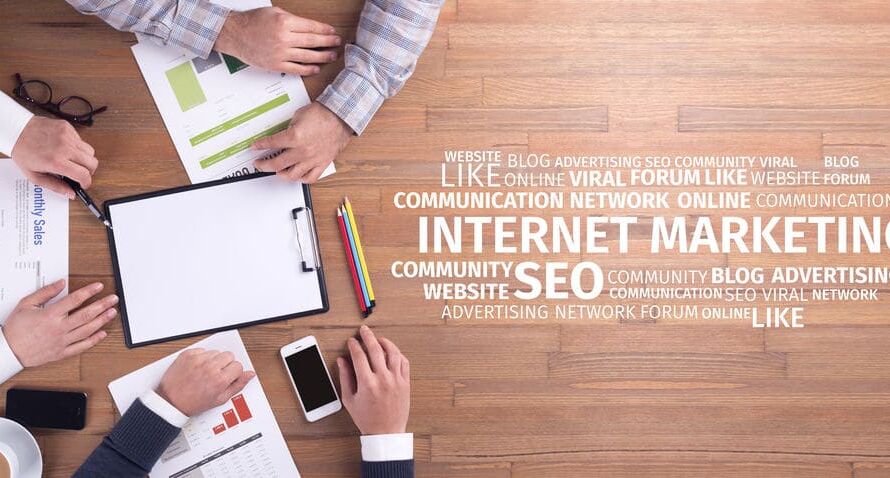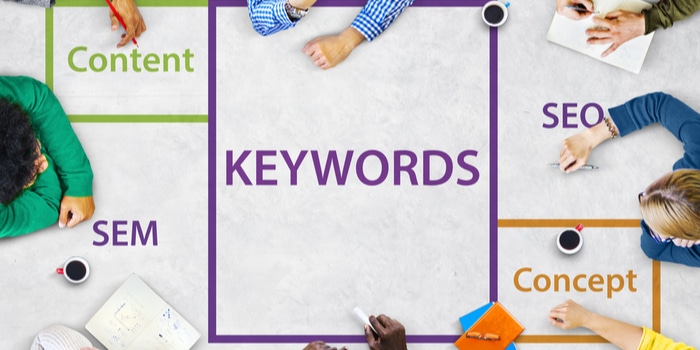Okay, you have the internet which, for many small businesses can be really scary. Internet-speak is full of words which make no sense, and the deeper you look down that rabbit hole, the less you’re inclined to jump in. But you know you have to. In fact, you probably already have, but it doesn’t seem to be working out so well. So what can you do? Well, you can do a lot, and the best part is, it won’t be all that difficult. Here’s what to consider regarding how you can promote your small business using the internet and traditional marketing tools.
Your corporate website
It’s the starting point of everything you do and hope to achieve on the internet. It’s the most important part of your marketing strategy, and it’s something you have to get right! Many small businesses try to set up their own website using readily available software that’s cheap, and efficient. You may want to use these tools and do it yourself. But remember, your website is your business’s face to the world, and you really need to put a great face out there. If you’re not sure about your graphic or copywriting skills, you might want to check out a professional agency that specializes in website setup.
Facebook advertising
Millions of companies(and we’re talking both B2B AND B2C here) use Facebook to promote their small business. The reach is great, and the cost is relatively inexpensive. Creating a Facebook ad is a snap. All you need is a headline that gets attention, easy to follow copy, probably some type of imagery, and a link. That’s it – or is it? Well, no, because you’ll want to analyze how your Facebook ad is doing in the real world with real customers. Who’s buying, who’s not buying, and why? And what can you do to get non-buyers on the wagon! Well, you don’t have the resources or the time to do in-depth market analysis, so what’s the solution? That would be any number of 3rd party Facebook tools that will do this for you (and we’re not talking big bucks here). You might want to check out firms like LikeAlyzer, Simply Measured, Sociographic.io, Agorapulse and a host of other to determine which one is best for you. With so many good ones out there, the only difficult part will be selecting the one you feel comfortable with!
Google Adwords
Looking for numbers? Here’s one to gawk at: More than 40,000 word searches are made on Google every second of every day. Don’t try to figure out how many that is for a full 24-hours. Your calculator will blow up. But to say this is one of the primo marketing tools of all time would have to be an understatement. Google Adwords should be strongly considered as an integral part of any online marketing strategy.
 Email marketing
Email marketing
There are a lot of benefits to using email marketing as part of your overall online marketing plan. For one thing, it’s cheap! For another, its reach is global. Communication with your targeted prospects is immediate (computer, tablet, smart phone), it’s easy to setup, run, track, and analyze. And people like to receive it. In fact, a recent survey found that 91% of US adults like to receive promotional emails from companies they do business with. Email is almost 40 times more effective than Facebook and Twitter combined in helping a small business promote themselves and acquire new customers, according to another survey. It’s really indispensable!
Webinars
You’ve heard the term but may not know what a webinar is. Essentially, it’s a seminar that takes place online. It can be a presentation, demonstration or discussion of your company’s products or services. Webinars can be used for a variety of reasons including generating leads for email marketing, and to get more subscribers for your email marketing program. They can be used to increase a company’s reputation in its field, to position the company as the leader in, and to draw more potential customers to your website. It can also be used for direct and almost immediate customer research, by getting webinar viewers to respond to new products, offerings and to give opinions on what the company is doing right, or wrong. In short, if give viewers an opportunity to feel that they’re part of your company’s decision-making process. That can pay big dividends immediately, or down the road.
Social media
We’ve already discussed Facebook, but Facebook is just one part of the overall equation. There are dozens of other social media outlets just waiting to help promote your small business – including Instagram, YouTube, Instagram, Google, Pinterest, and others. What can social media do? Plenty! You can use it to:
- Increase brand loyalty.
- Run ads to get immediate, real time response and results.
- Give customers/potential customers a better a better, closer relationship with your company.
- Check to see what the competition is doing.
- Build more solid relationships.
With close to 3 billion people using Social Media (and growing at a rate of 20% a year), Social Media has to be included as an integral part of your internet strategy!
And don’t forget traditional media! Add it into the mix
Whether your target audience is B2B or B2C, there are still traditional media outlets that can reach them very effectively. In B2B, the most effective way was usually trade media. Every industry had it flagship publications. The textile industry used to have 6, for example. Today it has none. B2B firms, along with internet marketing, have switched to direct mail, and in-plant seminars as a replacement for trade publication ads. On the B2C side, depending on the product and the size of your company, there are still many viable outlets to be found: radio, TV, magazines, newspapers, flyers. Their overall influence may be waning, but not so much that they can be totally ignored.
Public Relations
Public relations is (compared to other forms of reaching target audiences) a very effective, cost efficient tool for selling products/services, and enhancing a company’s reputation. It is most effective for companies and organizations focused on building brand awareness, and long-term recognition of its expertise. Compared to all traditional forms of promotion, public relations generally has the greatest return on investment because it is less costly than advertising and can have greater impact. The key advantage of PR is that it carries the greatest possible credibility because publicity — regardless of whether it is broadcast, print or on the Internet — represents independent third-party endorsement.
Making it all work
Marketers have never had so many different ways of reaching their customers/potential customers as the have today. And for many, the number of choices available looks like pure marketing chaos. Do you use Facebook, or perhaps would old-fashioned direct mail make more sense? Can a low cost PR campaign get better results than a do-over of your home page? Or should Google Adwords be utilized to drive more traffic to your website? This is just crazy isn’t it? Yes it is. And even marketing gurus and rainmakers have some problems separating the customers from the demographics. There’s just so much information, you could drown in it! So what do you do? Glad you asked.
Start simple!
Pick just a few tools that you think might be best to promote your small business, then try them out. For example, you may want to try Facebook, an email campaign, and Google Adwords. Get your feet wet, and see how it works. If one is doing far better than the others find out why? Then use that information to either improve the other two sites, or to start using other media outlets, and mix them up. The nice part is you’ll find yourself getting very savvy, very quickly, about the internet, its potential and what it can do for your company!




